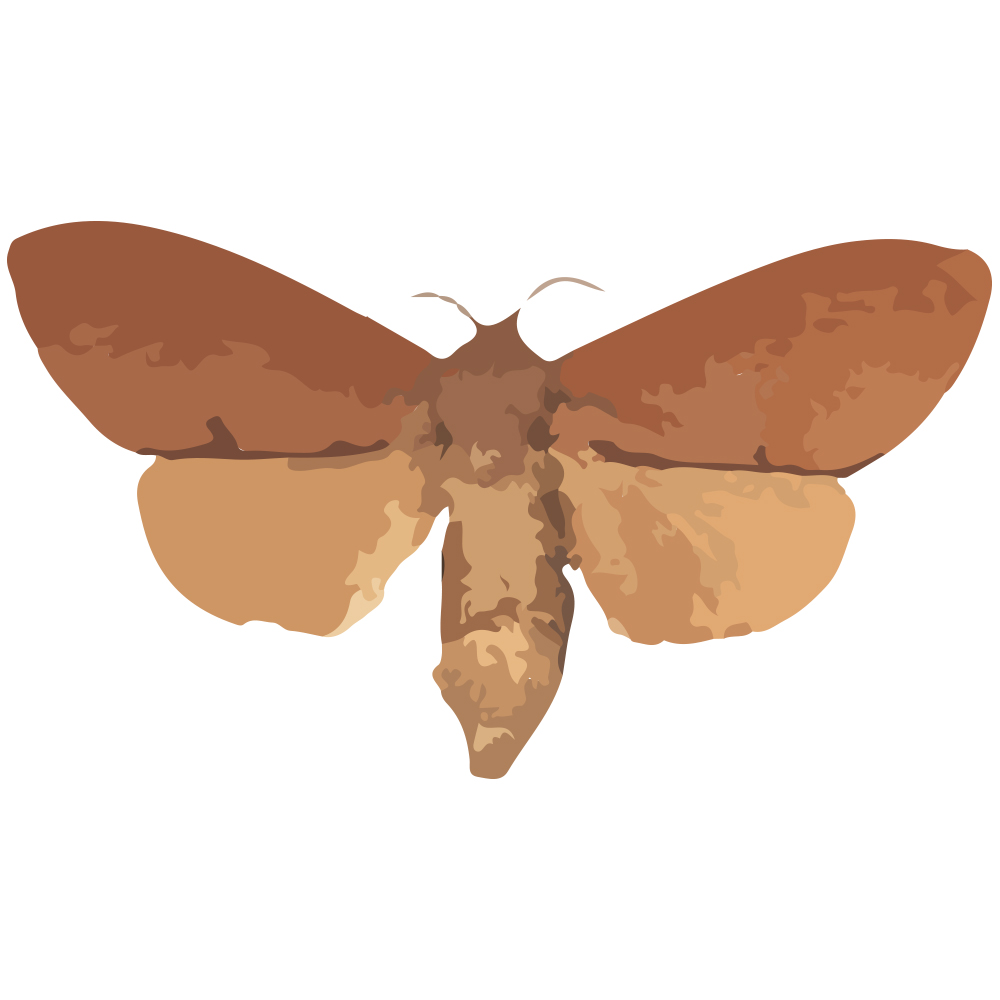


| Latin Name | Dendrolimus punctatus |
| Common Name | Pine caterpillar |
| Biology | Adults are nocturnal with strong phototaxis, laying eggs on the abaxial surface of Pinus massoniana needles. Larvae exhibit gregarious feeding behavior on pine needles, transitioning to solitary feeding as they mature; severe outbreaks cause widespread defoliation and yellowing of pine forests. Completing 2–3 generations annually, this pest overwinters as larvae within needle clusters. |
| Damage | This pest primarily damages Pinus massoniana, it also threatens black pine (Pinus thunbergii) and swamp pine (Pinus elliottii). |
| Distribution Regions | Southern China |
| Monitoring | Pheromone lures mimic natural sex pheromones to attract male insects into specialized traps for population monitoring and suppression. As a core IPM component, monitoring enables early risk detection and targeted control. Mass trapping reduces mating opportunities to curb offspring populations. Protocols: ●Use only with matched traps. ●15-45 traps/hectare,replace/replenish every 4-6 weeks. ●Wear gloves or wash hands with detergent when switching lure types. ●Refer to trap-specific hanging instructions. |
| Recommended Traps | Delta Trap, Wing Trap |

Teilen Sie Ihre Kontaktinformationen, um präzise passende Pheromonlösungen zu erhalten. Sollte unser bestehendes Portfolio keine optimale Lösung bieten, initiiert unser Synthesechemie-Team eine kundenspezifische Entwicklung – vom Molekülstrukturdesign bis zur skalierten Produktion.